Blog
Sonar's latest blog posts
What is Clean Code?
If you’ve followed us for a while, you most likely noticed that we changed the way we describe what we do: from “code quality” to “continuous code inspection,” then “code quality and code security”… to Clean Code.
But what is Clean Code, and what does it encompass?
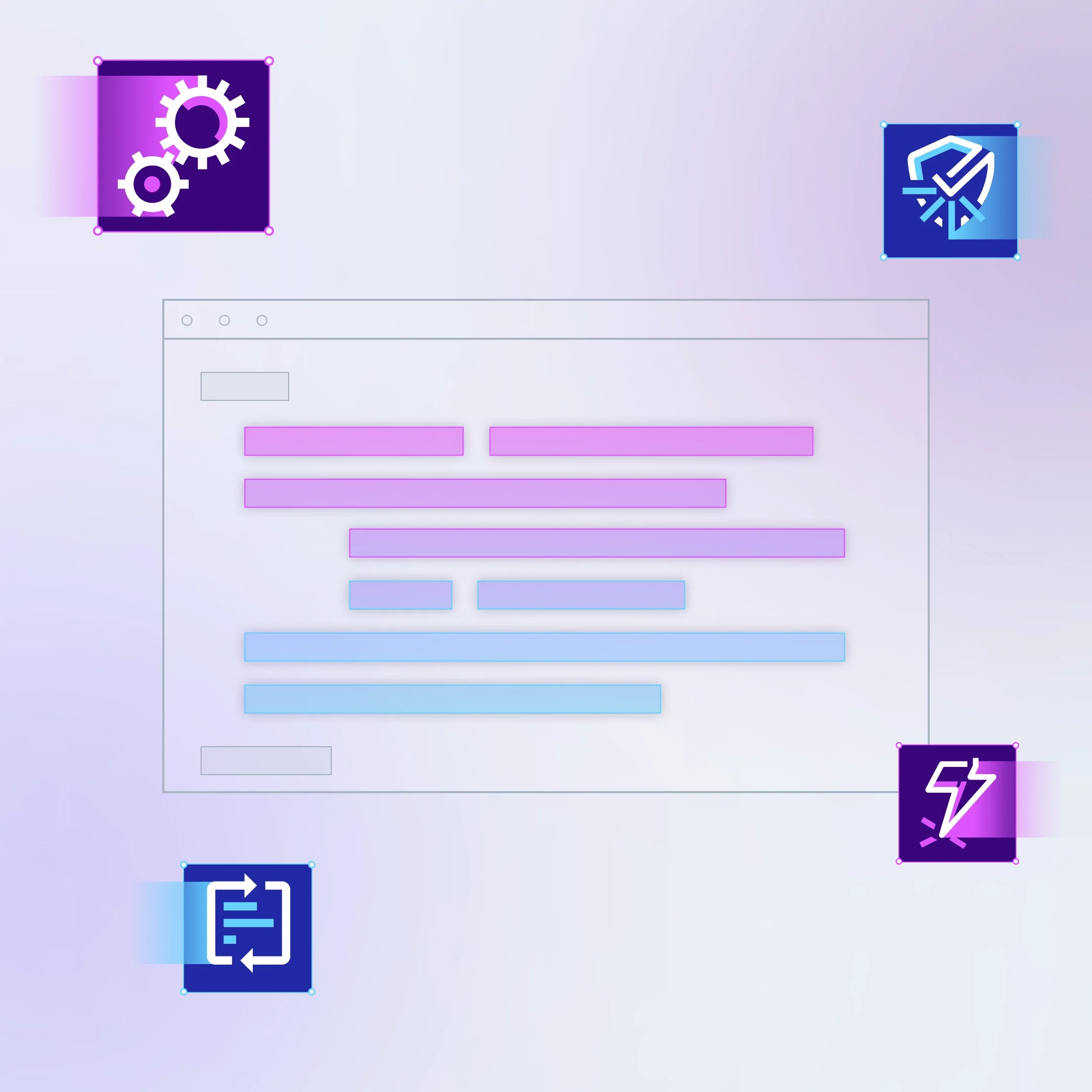
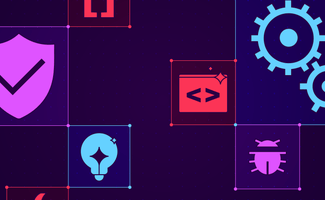
Supporting analysis of .NET Core projects
Support for SonarQube analysis of projects in the new MSBuild v15 format has been one of the features most requested by the Microsoft community, now it's done !
Read Blog post >

Shopware 5.3.3: PHP Object Instantiation to Blind XXE
Shopware is a popular e-commerce software that bases on Symfony, Doctrine and the Zend Framework. In this blog post we investigate the exploitation of a rare PHP object instantiation vulnerability (CVE-2017-18357).
Read Blog post >
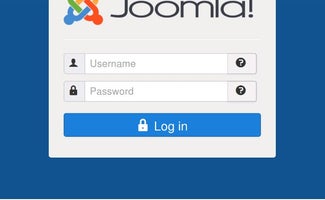
Joomla! 3.7.5 - Takeover in 20 Seconds with LDAP Injection
Joomla! is one of the most popular content management systems. We detected a previously unknown LDAP injection vulnerability in the login controller that could allow remote attackers to leak the super user password and to fully take over any Joomla! installation.
Read Blog post >

SugarCRM's Security Diet - Multiple Vulnerabilities
SugarCRM is one of the most popular customer relationship management solutions. We uncovered critical security issues that could allow attackers to steal customer data or sensitive files from the server.
Read Blog post >

How security flaws in PHP's core can affect your application
Learn how memory corruption bugs in the PHP core itself can affect your PHP application.
Read Blog post >

SonarCFamily Now Supports ARM Compilers
For those not familiar with ARM (Advanced RISC Machine), let's start by sharing some numbers: in 2011, the 32-bit ARM architecture was the most widely used architecture in mobile devices and the most popular 32-bit one in embedded systems (see). Moreover in 2013, 10 billion were produced (see) and "ARM-based chips are found in nearly 60 percent of the world’s mobile devices" (see).
Read Blog post >
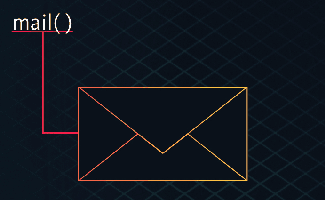
Why mail() is dangerous in PHP
Recently, many critical security vulnerabilities were fixed in popular PHP applications such as Roundcube, Wikimedia and Zend Framework that based on insecure usage of the PHP mail() function. In this post, we have a look at the common ground of these vulnerabilities and how to use mail() securely.
Read Blog post >

Breaking the SonarQube Analysis with Jenkins Pipelines
One of the most requested feature regarding SonarQube Scanners is the ability to fail the build when quality level is not at the expected level. We have this built-in concept of quality gate in SonarQube, and we used to have a BuildBreaker plugin for this exact use case. But starting from version 5.2, aggregation of metrics is done asynchronously on SonarQube server side. It means build/scanner process would finish successfully just after publishing raw data to the SonarQube server, without waiting for the aggregation to complete.
Read Blog post >
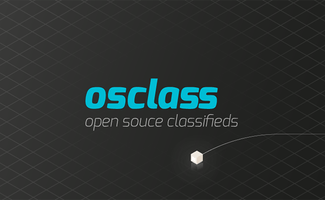
osClass 3.6.1: Remote Code Execution via Image File
In this blog post, we present a beautiful chain of vulnerabilities which, in the end, allows an attacker to remotely execute arbitrary PHP code in the open source marketplace software osClass 3.6.1 used for creating classifieds sites.
Read Blog post >

Cognitive Complexity, Because Testability != Understandability
Cyclomatic Complexity works very well for measuring testability, but not for maintainability. That's why we're introducing Cognitive Complexity, which you'll begin seeing in upcoming versions of our language analyzers.
Read Blog post >
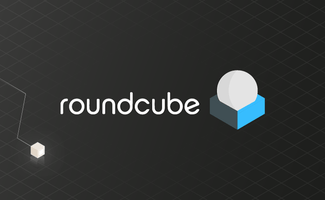
Roundcube 1.2.2: Command Execution via Email
In this post, we show how a malicious user can remotely execute arbitrary commands on the underlying operating system, simply by writing an email in Roundcube 1.2.2 (>= 1.0). This vulnerability is highly critical because all default installations are affected.
Read Blog post >

